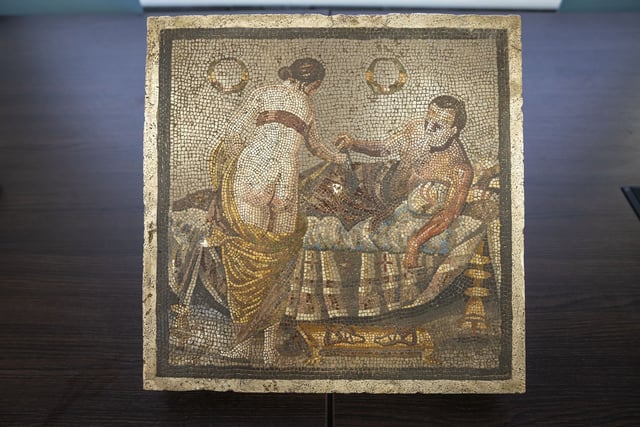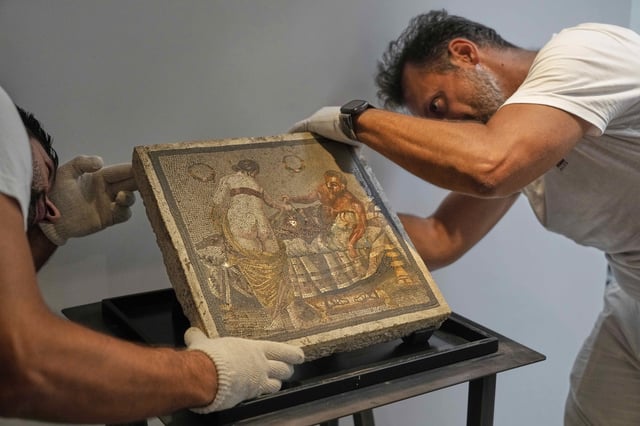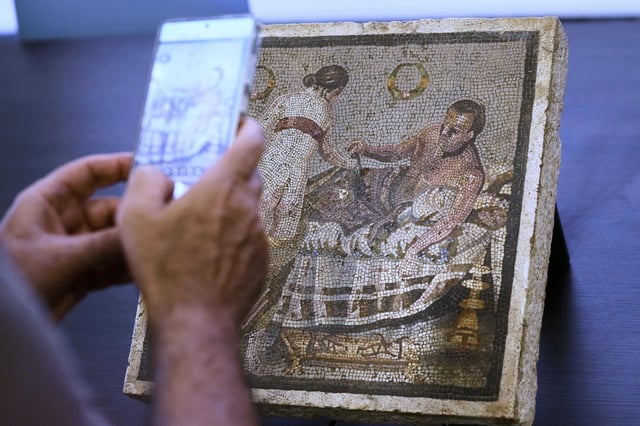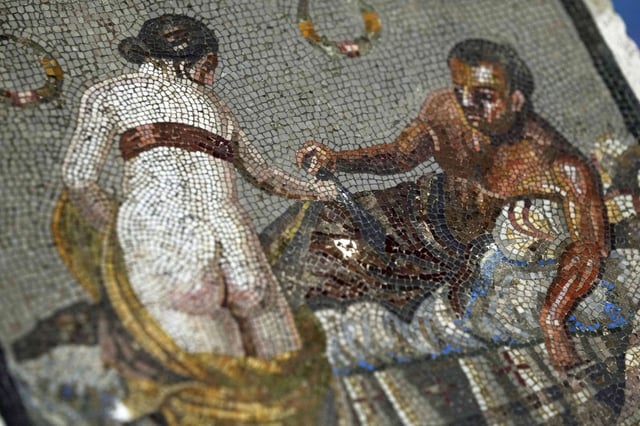Overview
- The heirs of the mosaic’s last German owner contacted the Italian Consulate in Stuttgart and the Carabinieri cultural heritage protection unit to initiate its return
- Experts date the travertine panel to between the mid-first century B.C. and the first century A.D. and recognize its depiction of domestic love as exceptionally rare in surviving Roman art
- Carabinieri investigators established its authenticity and traced the mosaic’s origins to a Pompeii residence near Mount Vesuvius despite scarce documentation of its original findspot
- Pompeii’s Archaeological Park has catalogued the panel for archaeometric study and will integrate it into educational exhibits at the Antiquarium
- Since 1969, the Carabinieri unit has recovered more than three million looted Italian artifacts, highlighting Italy’s sustained efforts to reclaim cultural heritage



